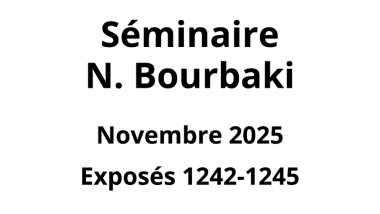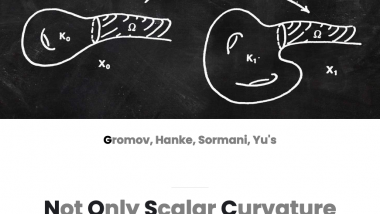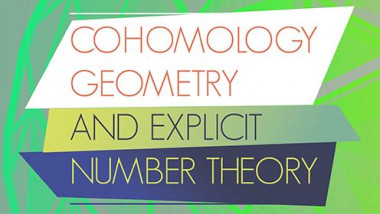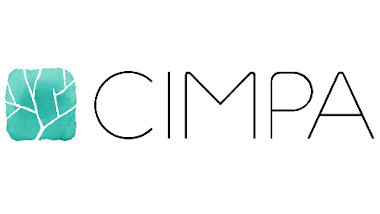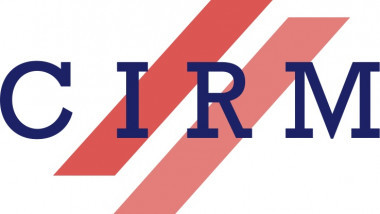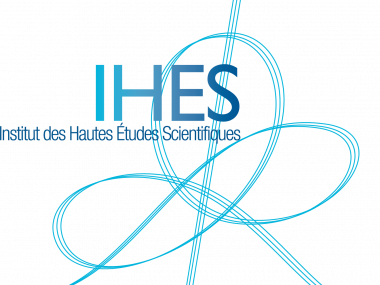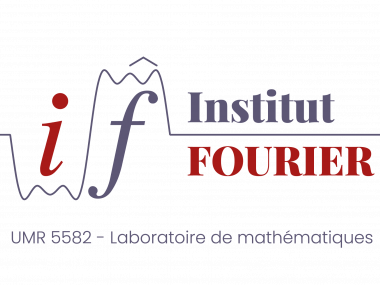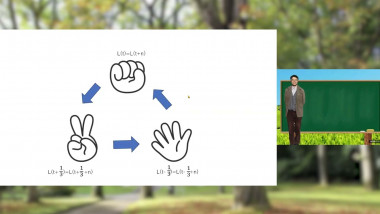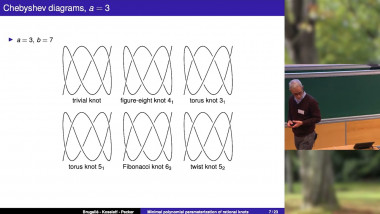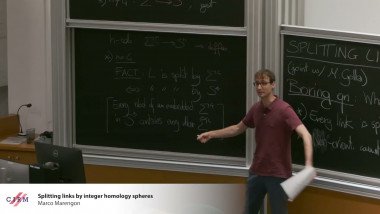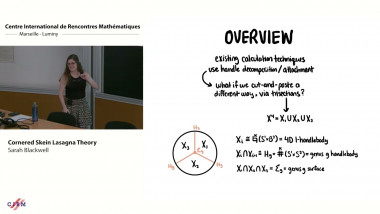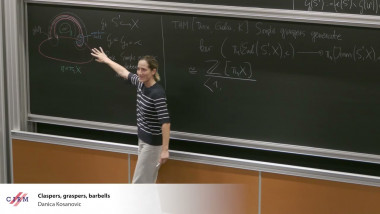Equivariant trisections for group actions on four-manifolds
Apparaît dans la collection : Jean Morlet Chair - Trisections and related topics / Chaire Jean Morlet - Trisections et interactions
Let G be a finite group, and let X be a smooth, orientable, connected, closed 4--dimensional G-manifold. Let S be a smooth, embedded, G-invariant surface in X. We will introduce the concept of a G-equivariant trisection of X and the notion of G-equivariant bridge trisected position for S. The main result is that any such X admits a G-equivariant trisection such that S is in equivariant bridge trisected position. The theory is designed so that G-equivariant (bridge) trisections are determined by their spines hence, the 4--dimensional equivariant topology of a G-manifold pair (X,S) can be reduced to the 2-dimensional data of a G-invariant shadow diagram. To achieve this, we prove an equivariant version of a theorem of Laudenbach and Poénaru. This talk is based on joint work with Evan Scott.

